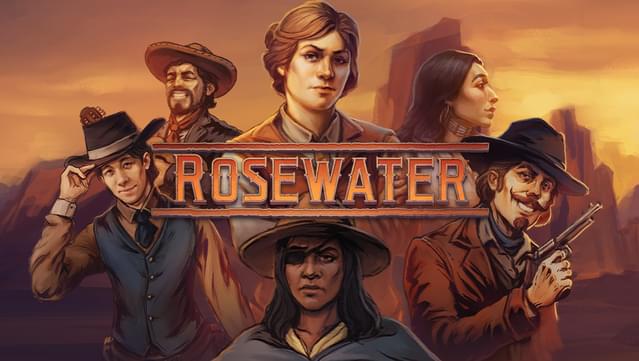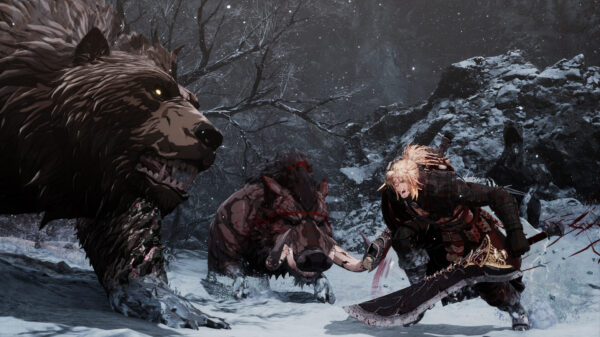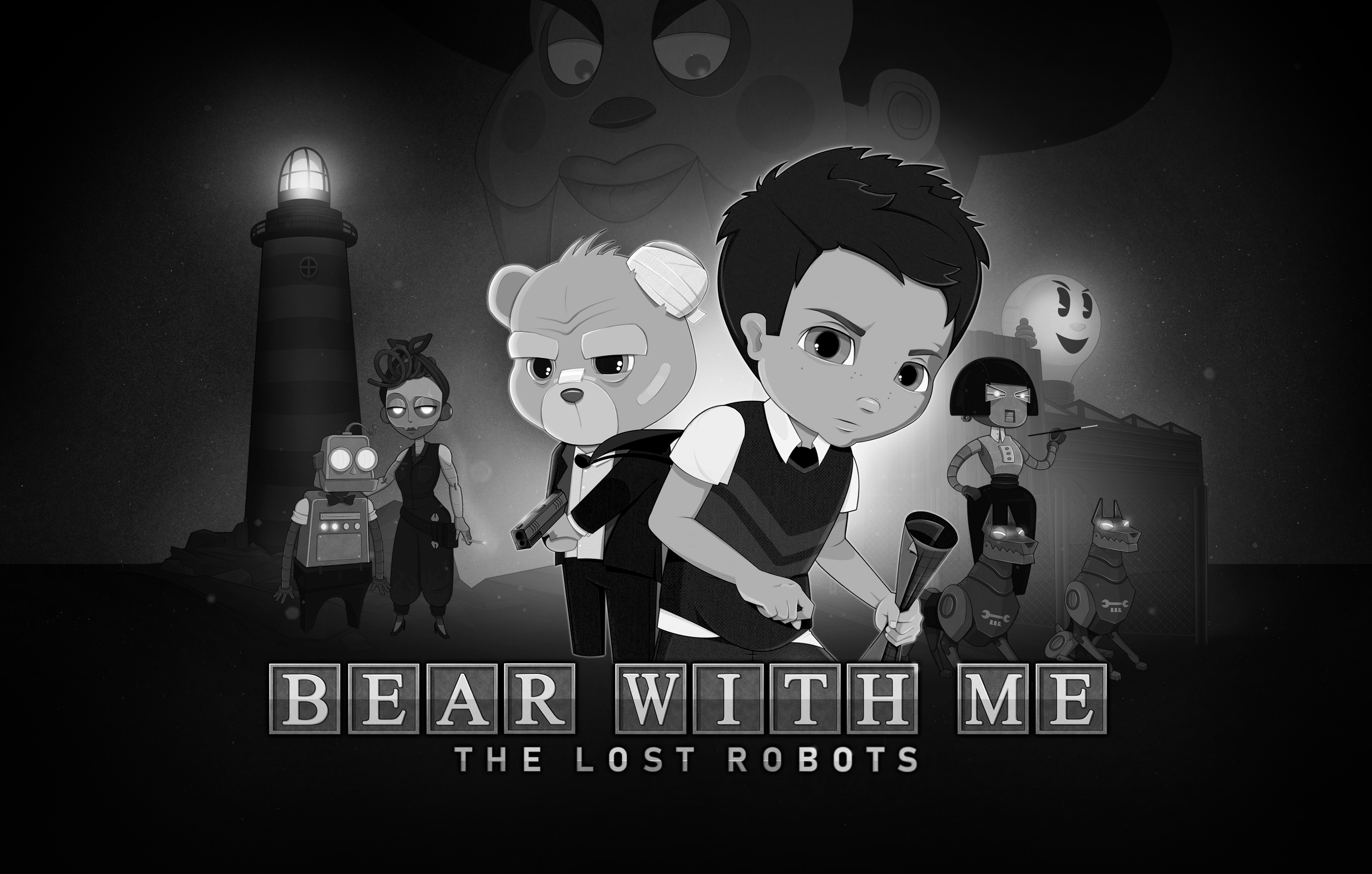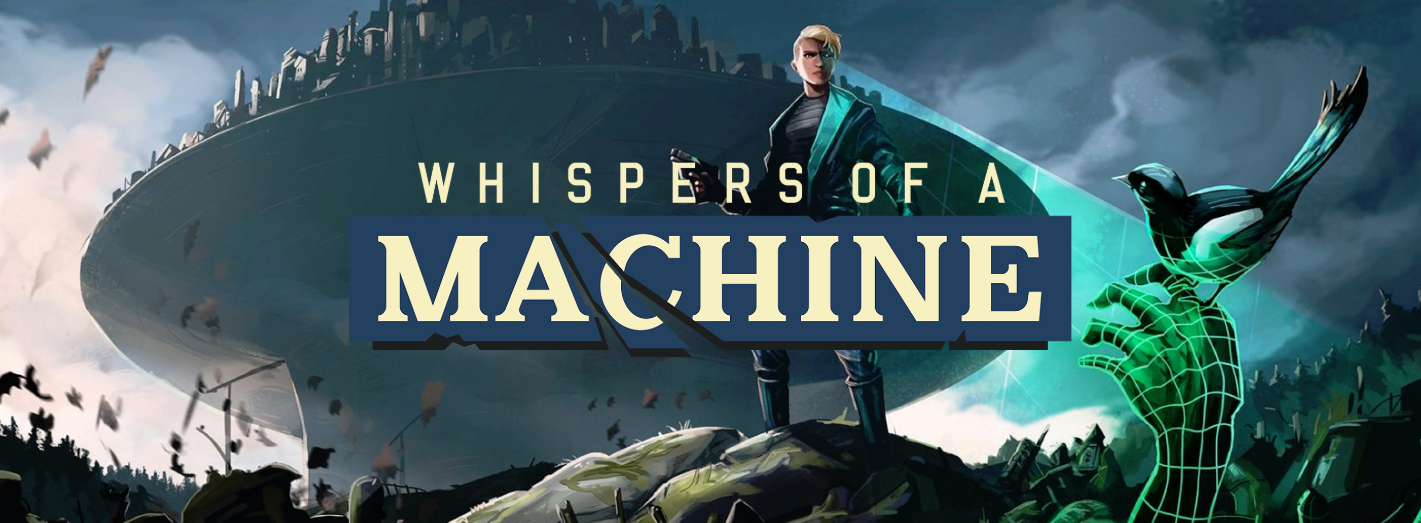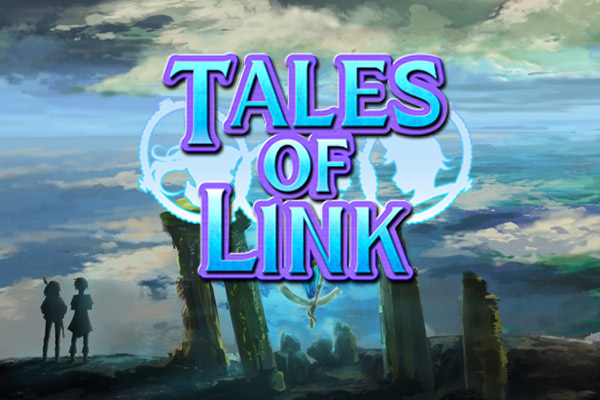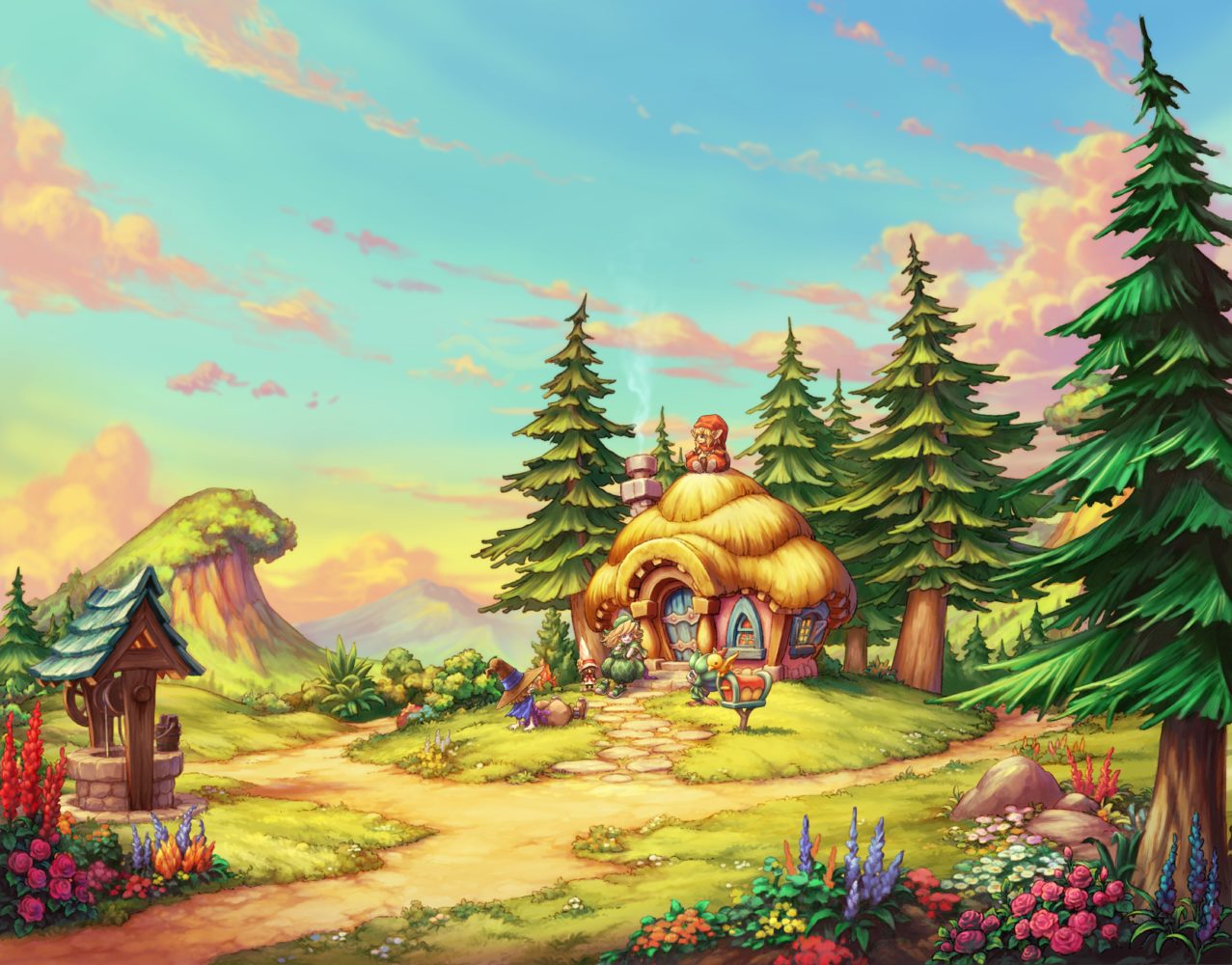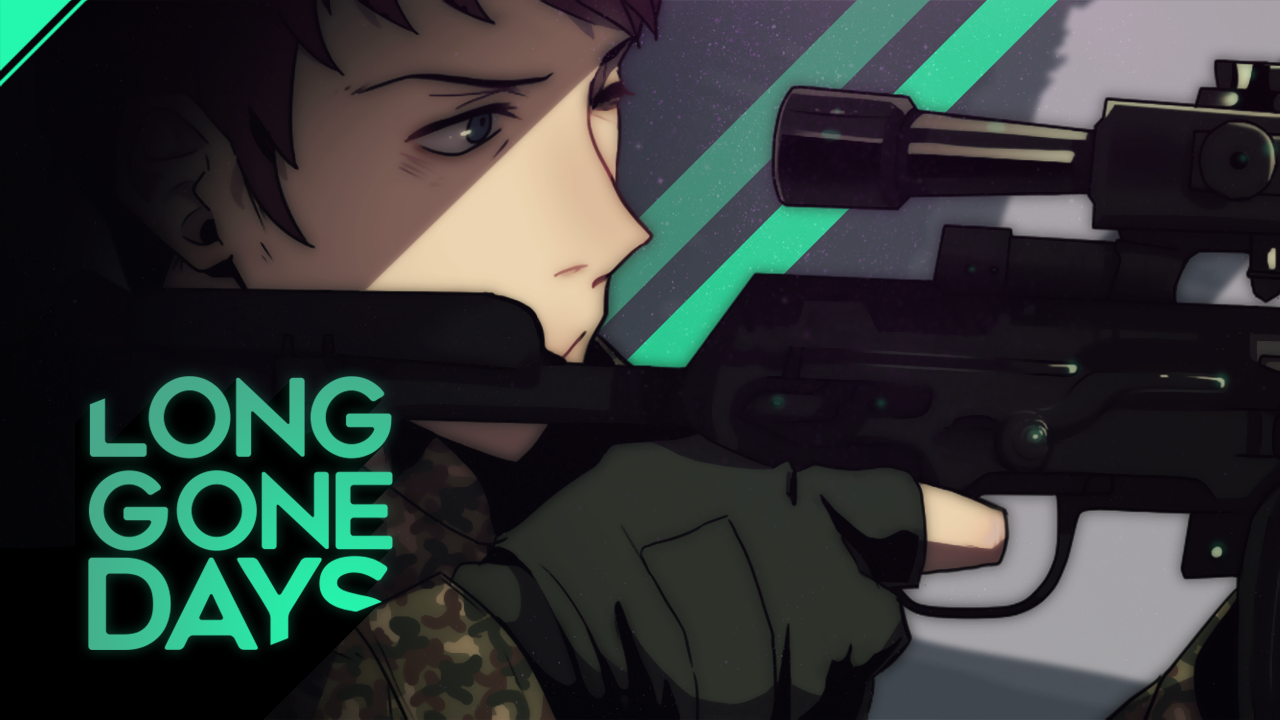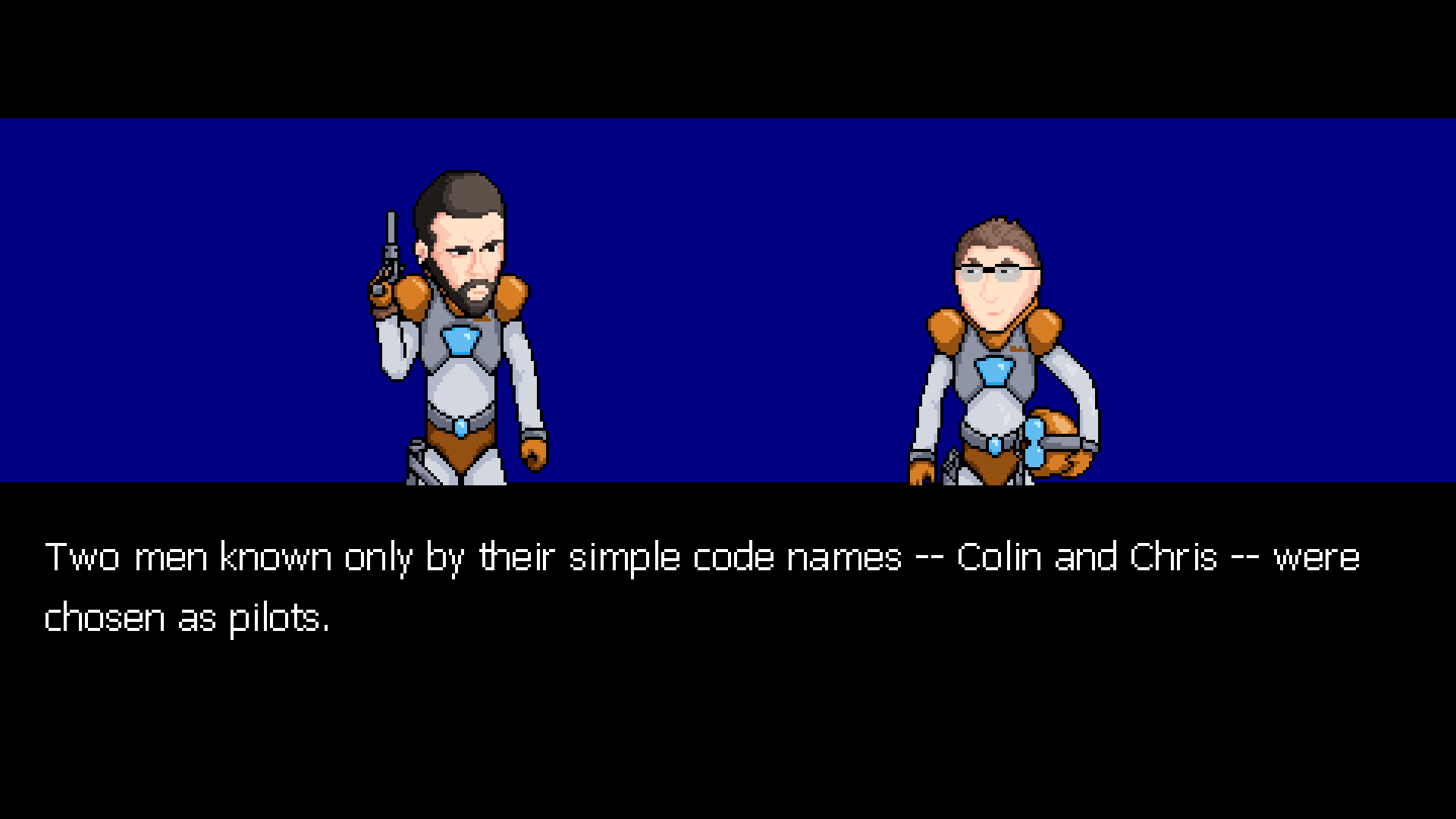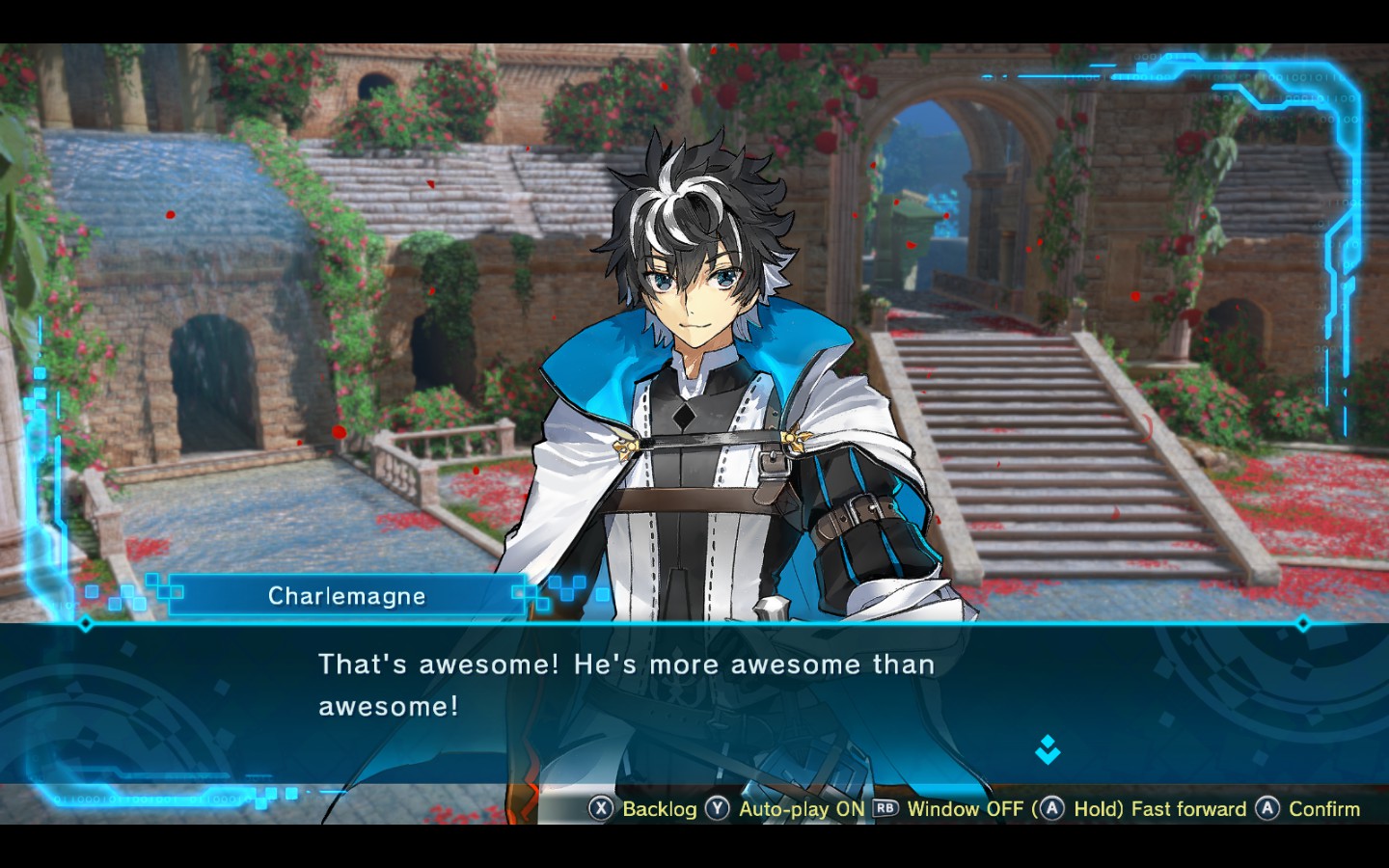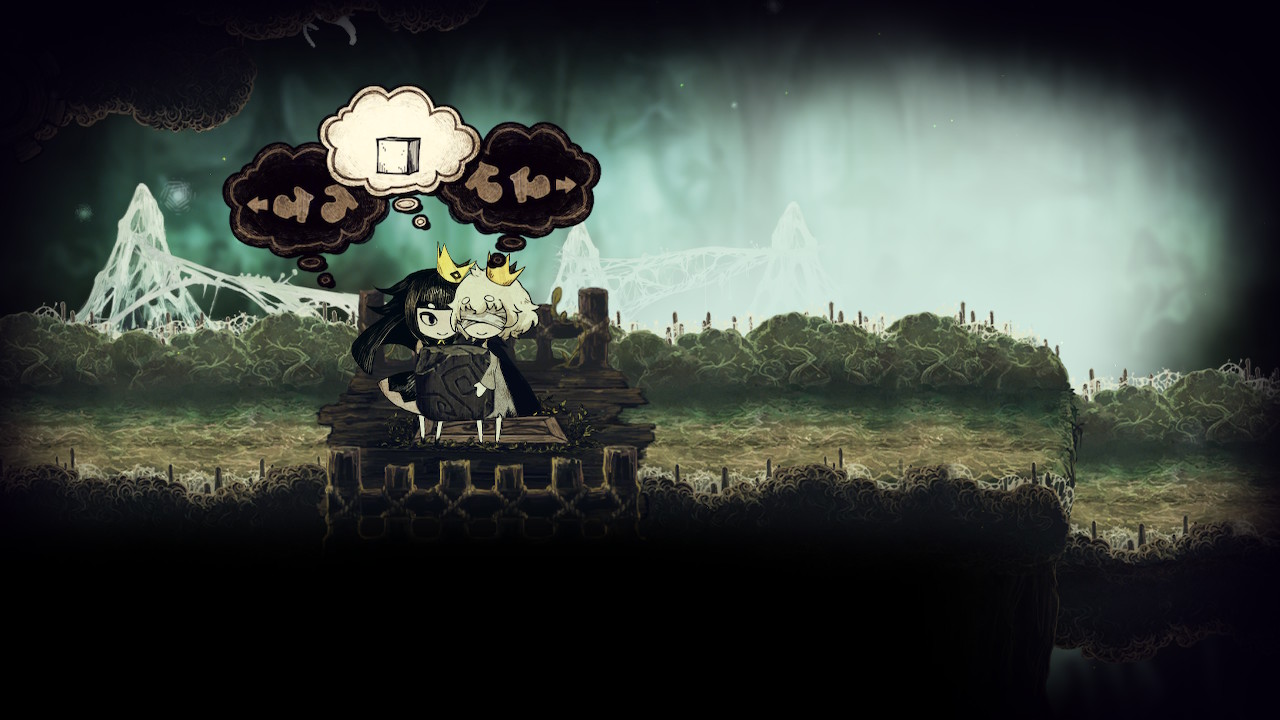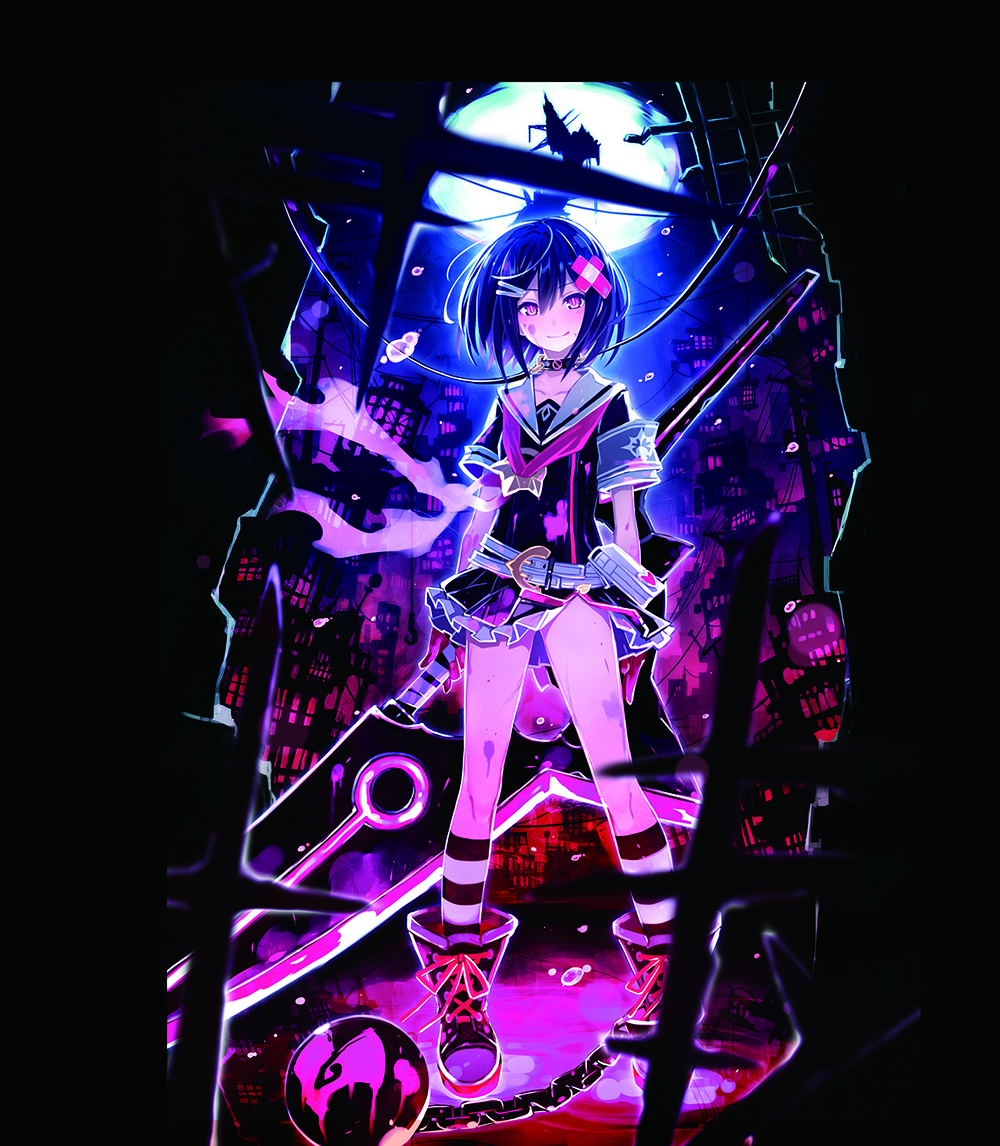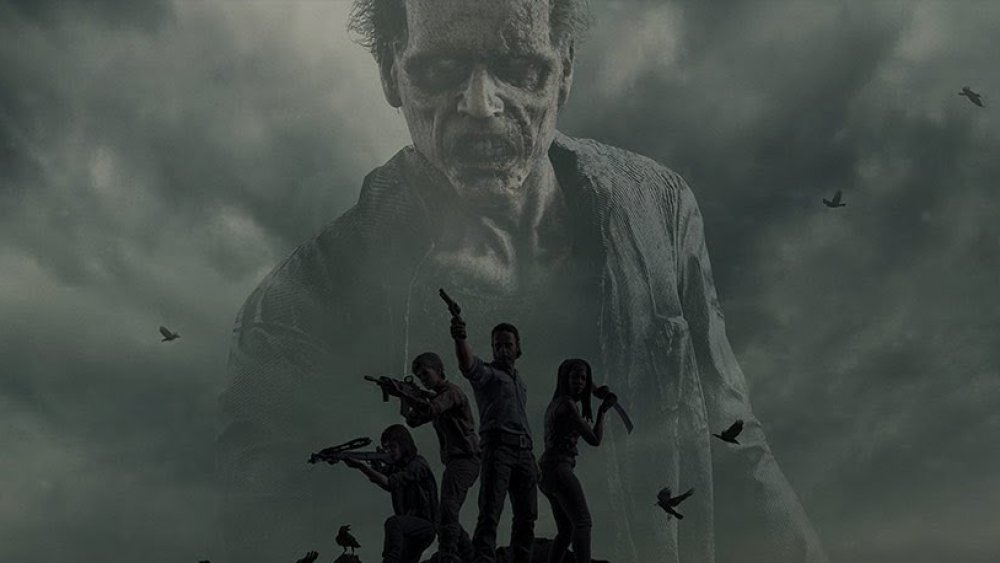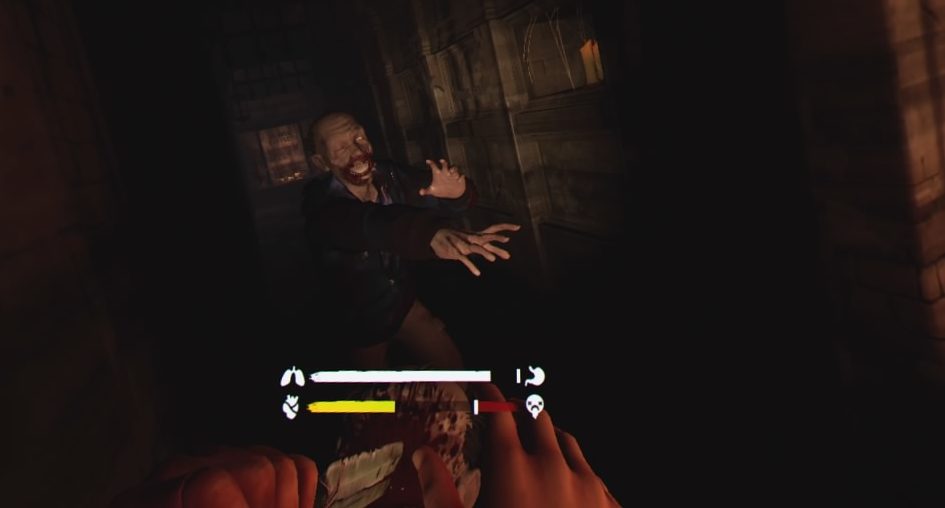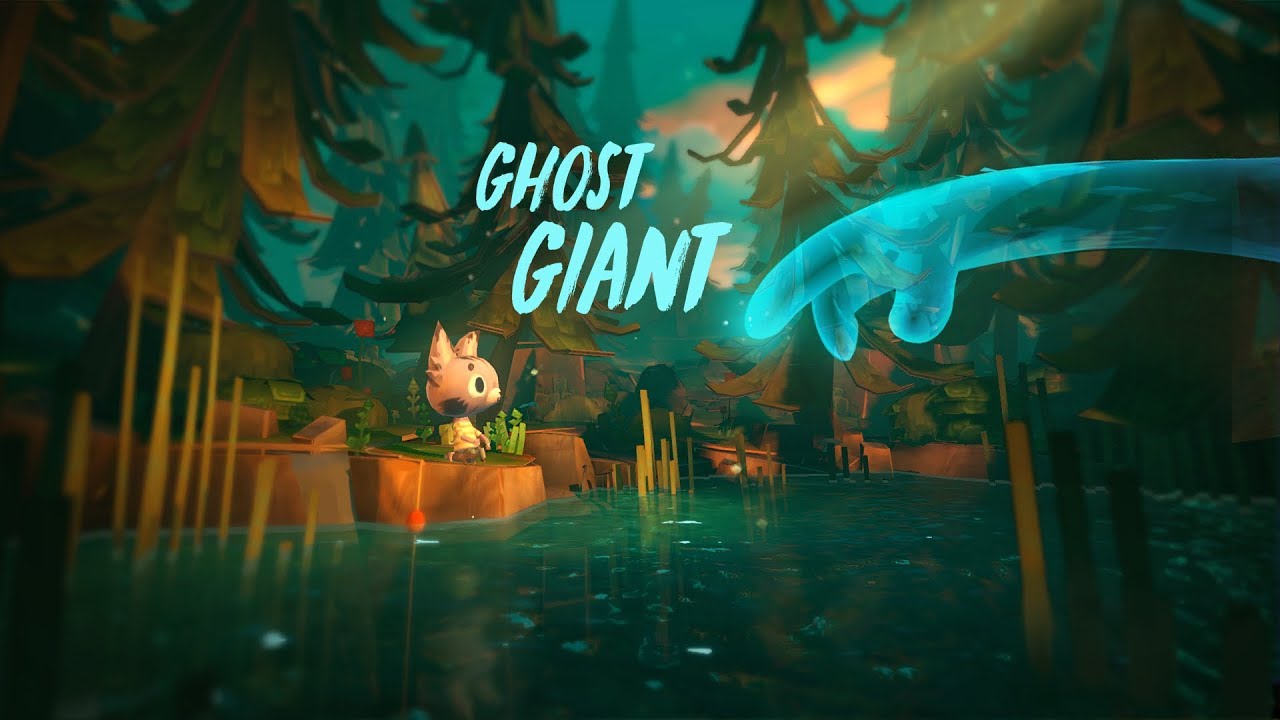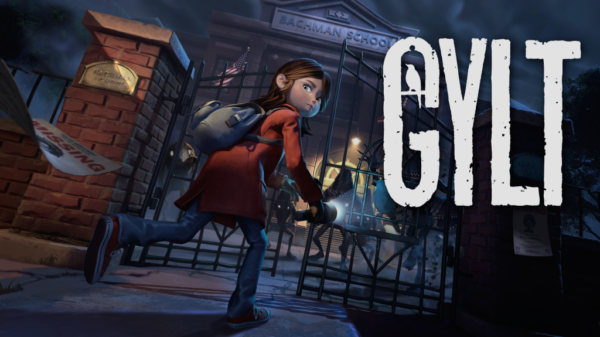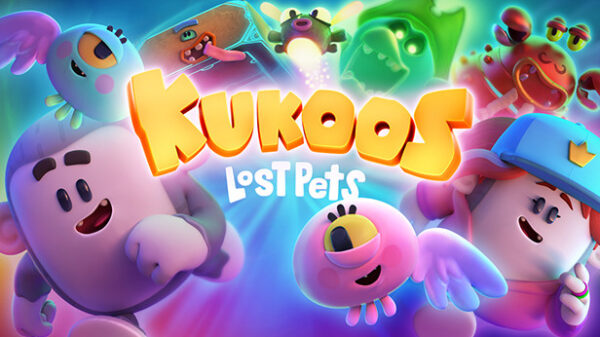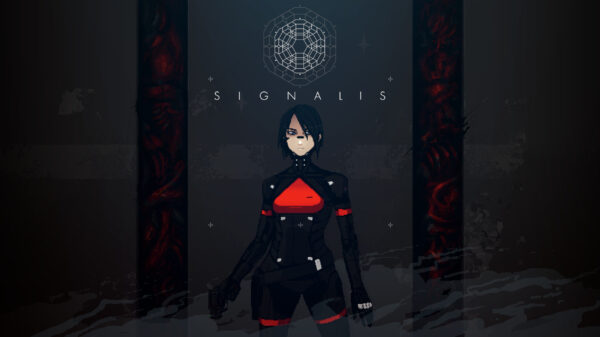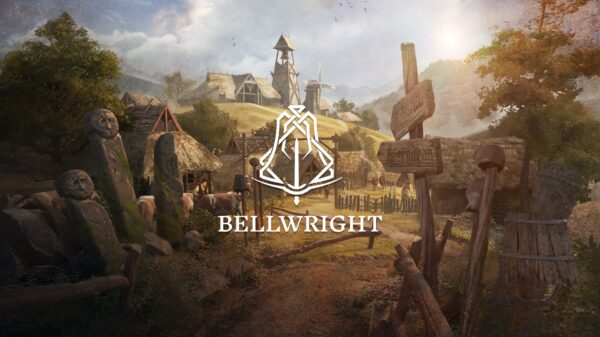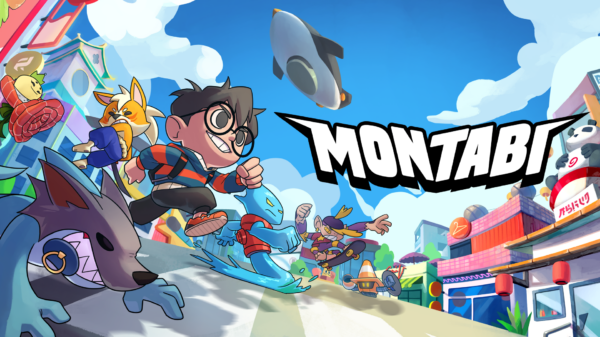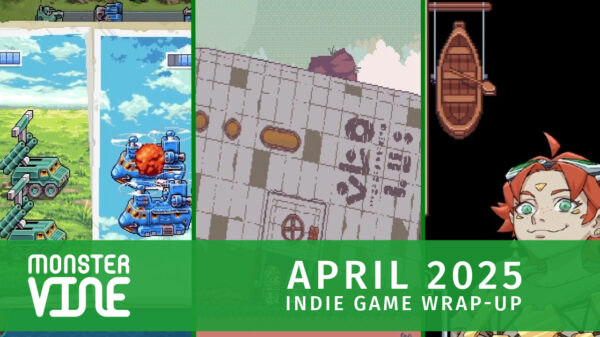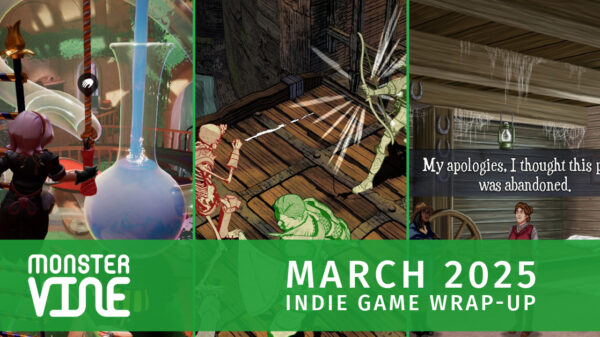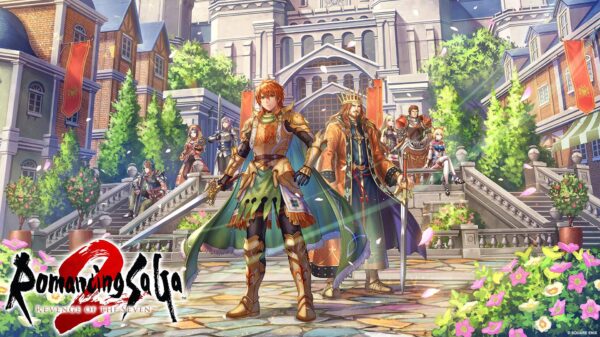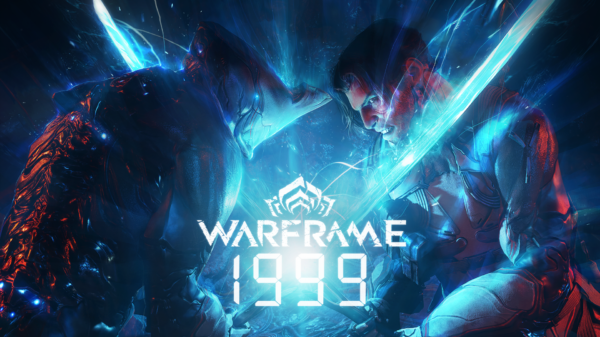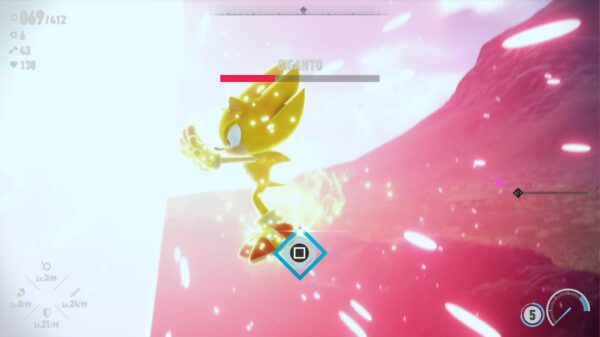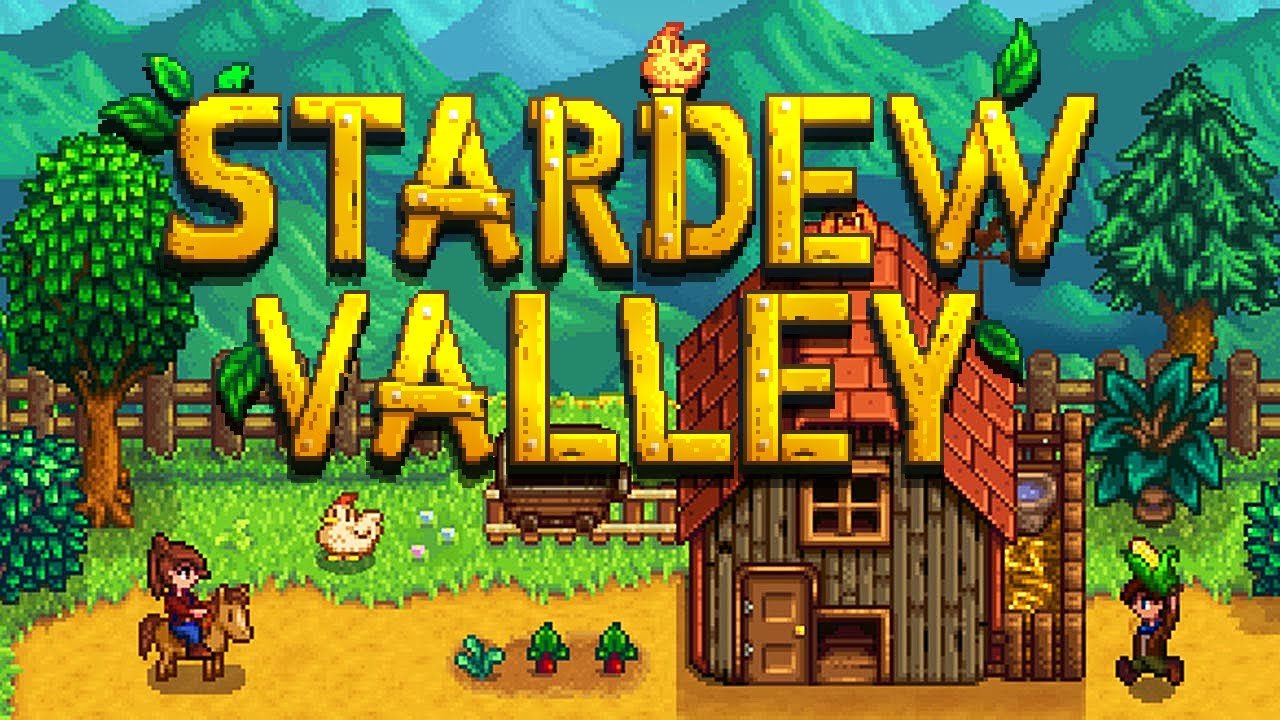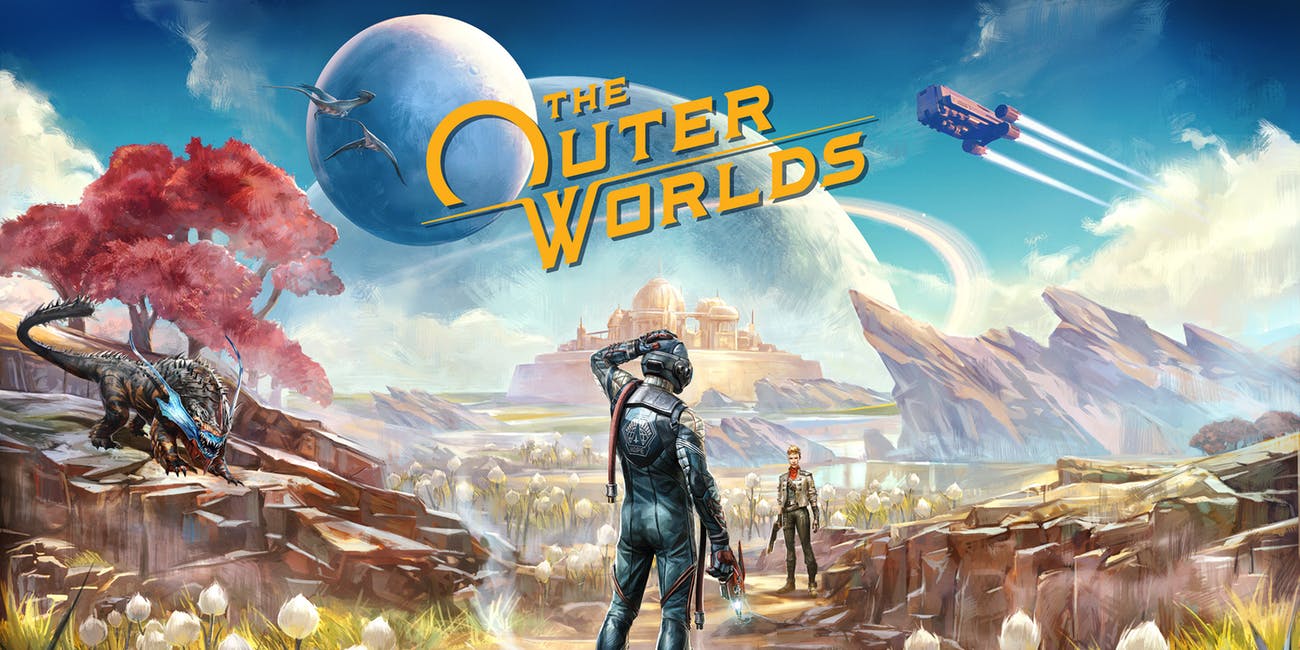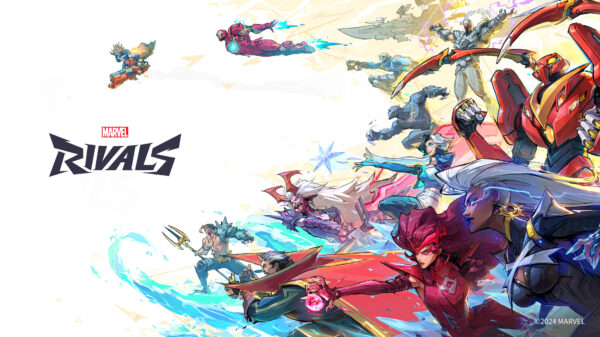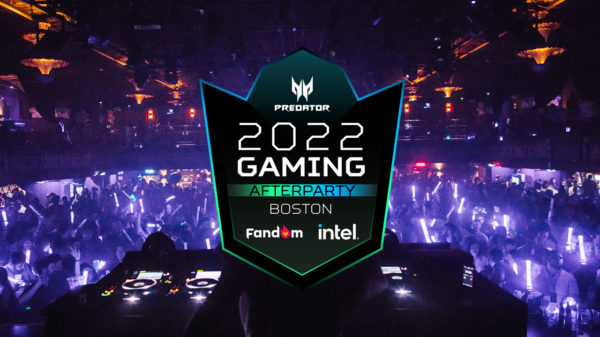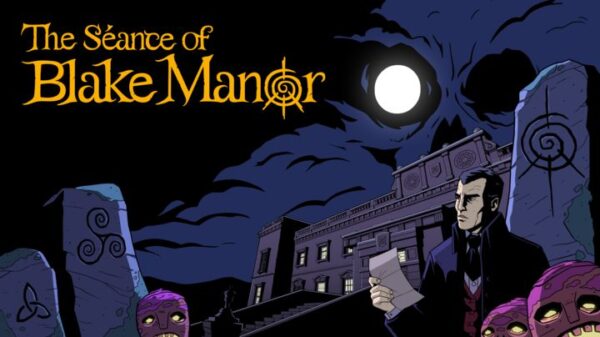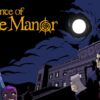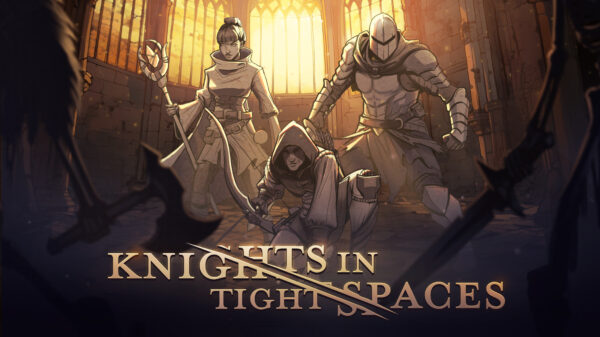Knights in Tight Spaces tries to marry a few too many ideas together, resulting in clashing systems. The set in stone narrative and campaign-style of each run results in you seeing the same levels with the same enemies far too frequently, and a brutal economy in each run prevents you from truly experimenting. Meta progression is gated by some obscure requirements and improvements that feel like they should make your run smoother, like getting a second party member, instead over complicates and drags out fights that are strategic and interesting to engage with, when the rest of the systems allow it.
Knights in Tight Spaces
Developer: Ground Shatter
Price: $20
Platforms: PC
A Steam code was provided for this review
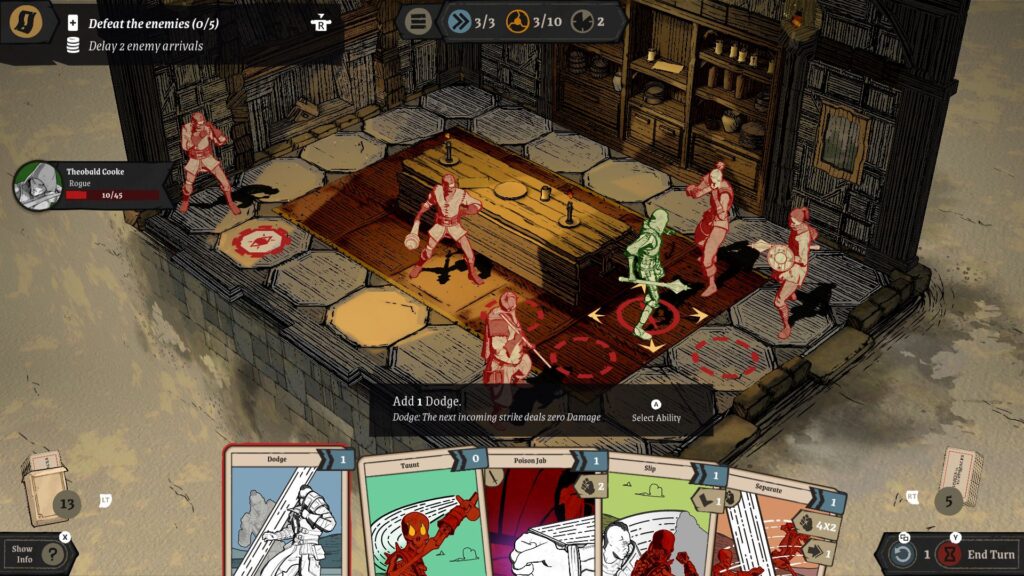
A Tactical Twist on Deck-Building Roguelites
Knights in Tight Spaces is a medieval-set follow-up to Fights in Tight Spaces. The deck-building roguelite tasks you with winning small-scale turn-based battles, using a deck of cards that activate different abilities. While it functions, some of the fights and events are static across multiple runs, creating a repetitive feeling early into the experience, even if the combat itself provides lots of possibilities for different strategies.
While there are endless and daily runs to partake in, the main crux of the game comes from the campaign missions. You can choose from multiple class types, like a brawler, rogue, or mage, with more to unlock down the road. You move through a map that is generated every time, from fight to fight, but quickly it will become clear that the missions and maps are the same every run, so you only get something different when you have the option to go down a different path.
While many roguelites feature repetitive sections, like boss fights or certain environments, the missions in Knight in Tight Spaces often feature the same main objective, same side objective, and same number of enemies every single run, just with their movements and attacks changing every time. This repetition weighs down the experience, since the aspects you could learn or gain knowledge from, enemy placement or strategies, do change every run.
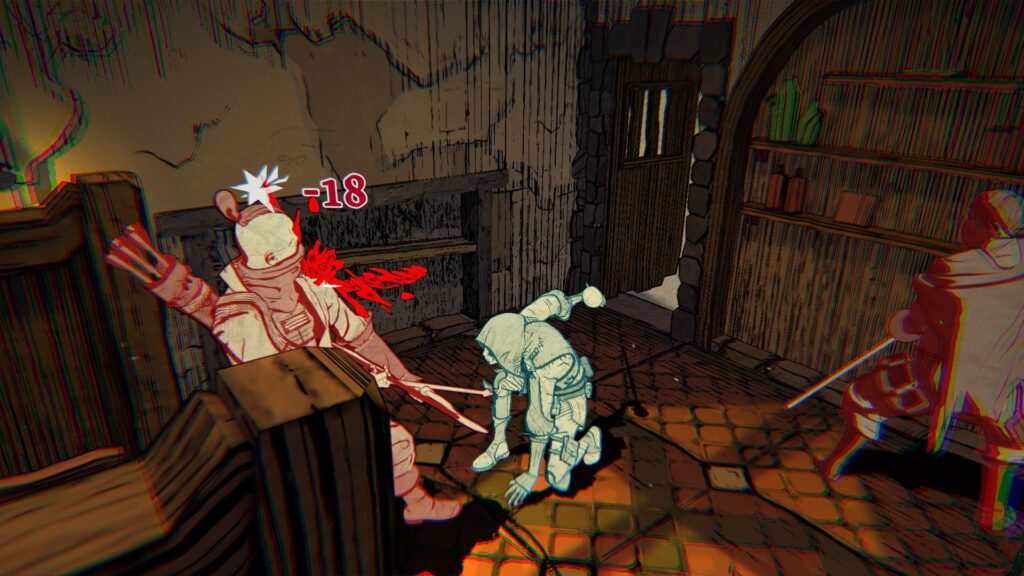
The variety of each run is also held back by the economy and by the progression in-between runs.. You periodically will reach a section where you can go to a variety of shops. You can pick between a blacksmith, a store, or a tavern, but you can only visit one. On top of that, you rarely have enough money to get more than one purchase in the early parts of a run, so you have limited tools to experiment with each time. You can upgrade one card, or upgrade one piece of equipment, or even buy a new type of weapon to try out, but you earn so little gold that experimentation feels dangerous, because if you don’t like the item, the run starts to feel like a wash.
In-between runs, your score is used to grant XP, which unlocks new cards to be used in the next run. Getting new cards means more strategic possibilities, but XP isn’t granted after every run. While it wasn’t immediately clear in-game, I only received XP on runs where I made it further than I had previously. If a run sputtered out early, common in roguelites, no XP was given, creating a frustrating feeling of my time being wasted on the previous attempt.
The combat is the best part of Knights in Tight Spaces, and it is where you spend most of your time. You get a certain number of moves each turn, called momentum, with cards taking momentum to play. Observing the board, looking at where each enemy is attacking, and how they will react to you, and deciding the best plays offers tons of strategic thinking, but in a condensed enough space that it isn’t overwhelming. The classes have different types of cards and equipment they can use. For example, the rogue can use bows and has more slippery movement cards, while the warrior gets shields every turn, but their bulkier size means they can’t slip between enemies the same way. Most missions require you to take down every enemy, although there are some variants, like protecting civilians or surviving for a set number of turns.
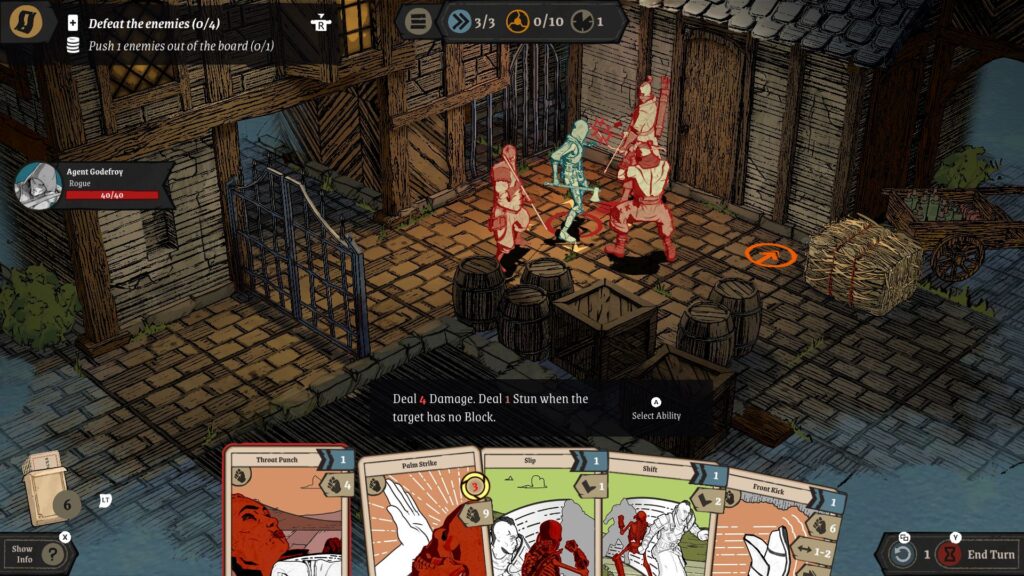
Party Members Add Complexity, Not Advantage
Weaving between enemies and dishing out damage is satisfying, but there are some downsides to the combat. Enemies have a ton of health, with some levels featuring multiple enemies that have 40+ HP, and depending on the attack cards you draw, take 3 or 4 turns to take down just one of them, making each fight feel like a bit of a grind to get through. All of your movement abilities being tied to cards leaves you vulnerable to getting hit, and enemies hit like a truck in Knights in Tight Spaces. A single attack can deal 10 damage, and you start with 40 health that does not regenerate between fights. There were instances where I was dropped into a level cornered by three enemies, and I didn’t draw a movement card. The enemies had too much health to even take out one that same turn, so the fight was lost before it started, which was deeply frustrating.
You can recruit additional party members at taverns in a run, but it’s another high gold cost purchase, so you are forfeiting the opportunity to improve your gear or heal to make the grab. You also only get one additional momentum from having another party member. This creates an issue where you have to constantly be moving both characters to avoid damage, taking away chances to deal damage, prolonging fights even longer. You can have three total party members, but it feels like a poor strategic choice to recruit them.
 The Final Word
The Final Word
Knights in Tight Spaces feels like a clash of ideas more than a marriage. The more set in stone campaign style runs at odds with the repetition of a roguelite, resulting in the repetition of the core loop becoming trite faster than you would want. The economy of individual runs feels punishing, even on the normal difficulty, and the need to not only deal damage but avoid it too makes having multiple characters on the board slow down the pace of fights, which aren’t quick to start. The strategy involved in getting through each fight is deep and rewarding to engage with, but so many aspects of Knights in Tight Spaces feel designed to prevent you from engaging with that strategy on a deeper level.
– MonsterVine Rating: 3 out of 5 – Average

